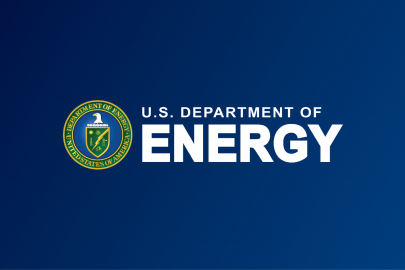The U.S. Department of Energy has just announced a plan to cut the cost of solar power 60 percent by 2030.
The plan includes $128 million in funding to accelerate the adoption of solar, improve solar panel performance, and lower the overall costs of implementing solar. “This burst of funding will help us add even more affordable clean energy to the grid, jobs to communities across the country, and will put us on the fast track toward President Biden’s goal of 100% clean electricity by 2035” – Jennifer M. Granholm (Secretary of Energy).
This plan is a key element of the nation’s goal of achieving a 100 percent clean electricity grid by 2035. To help make this possible, the D.O.E. is looking to reduce the cost of utility scale solar electricity from 4.6 cents per kilowatt-hour to 2 cents per-kilowatt hour by 2030. This reduction in the price of solar power has significant implications. This will help enable between 30 and 50 percent of the country’s electricity needs to be met by solar power alone by 2035.
Here’s a breakdown of the primary ways in which the funding will be spent –
- There will be $40 million spent on Perovskite R&D. Perovskites are a newer type of materials that show promise in making thin-film solar cells that have high efficiency ratings. The funding will be dispersed among 22 different projects.
- Another $33 million will be allocated to increased reliability in Concentrated Solar Power technologies. This type of solar power is created by a large array of mirrors reflecting light at a receiver on a tower. The subsequent heat is utilized to drive a steam turbine to create electricity. A unique advantage and feature of CSP plants is that they can utilize molten salt to store power for use at a later time.
- Further developments in CSP plants will be possible through an additional $25 million in funding. Researches will be able to use this money to develop the next generation of CSP plants.
- $20 million will be used for increased developments in CdTe thin film technologies. CdTe is short for Cadmium telluride. This crystalline compound has already shown its ability to produce extremely cost effective solar cells. The funding will increase the the amount of CdTe solar panels produced in the U.S which already stands at about 20 percent of the market.
- $7 million will be used to increase the longevity of solar panel systems. The goal is to make the new standard 50 years instead of the current expected useful life of 30 years.
- Finally another $3 million will be allocated to a Perovskite Startup Prize. This will take the form of seed capital for companies looking to use this specific solar technology to create a business.
It should be noted that this news bulletin from the D.O.E. is largely pertaining to utility scale solar. Cost reductions in solar power have different trajectories based on the scale involved. In other words, residential solar may not see the same price reduction over the next 10 years. Sure, prices for solar components will continue to decrease, though by much lower amounts and there are different costs involve for home solar.
The bottom line is that while this is good news for our overall transition to a clean energy society, this will not have a dramatic effect on residential solar. The best time for homeowners to go solar is now. Expecting solar prices to come down significantly in the coming years is not that likely. Homeowners who start saving with solar power now will actually save more money over the long term than by waiting for further price reductions.

